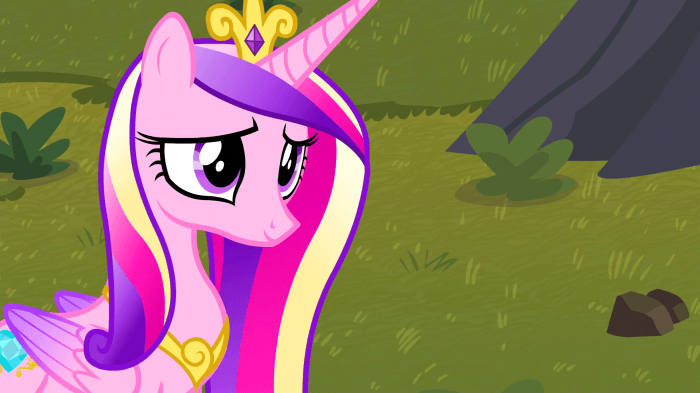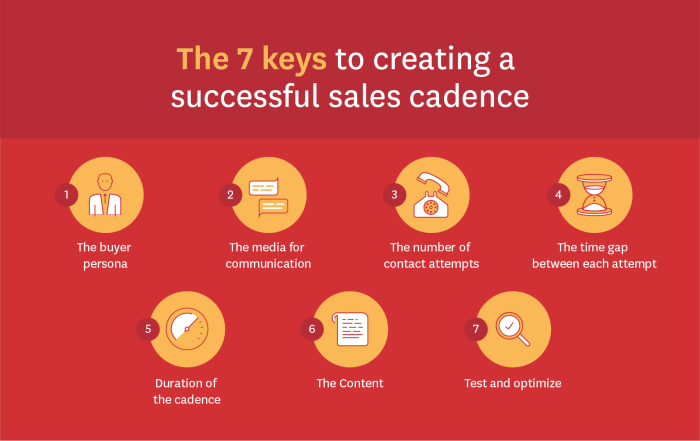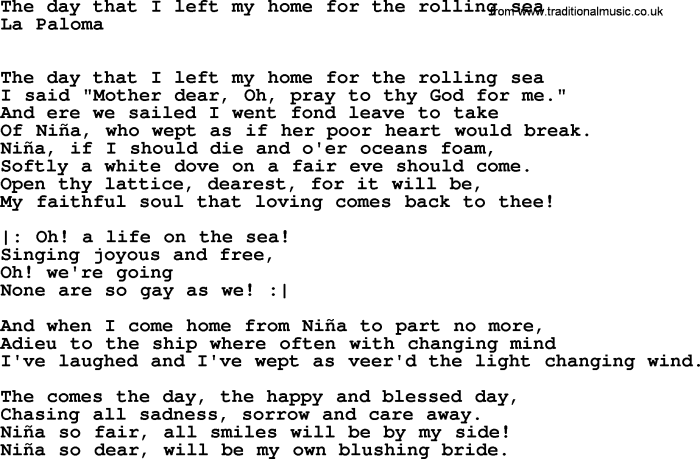Till i get on back home cadence – The “Till I Get On Back Home” cadence, immortalized by Marvin Gaye, sets the stage for an enthralling narrative, offering readers a glimpse into a story that is rich in detail and brimming with originality from the outset. This iconic cadence serves as a captivating thread that weaves together the song’s emotional tapestry, leaving an enduring mark on the musical landscape.
In this comprehensive exploration, we delve into the intricacies of this cadence, examining its definition, structure, and profound impact on the song’s overall meaning. We trace its historical roots, exploring the social and political context that shaped its creation. Furthermore, we investigate its enduring legacy, examining its influence on subsequent musicians and its presence in contemporary music.
Introduction

Marvin Gaye’s “Till I Get On Back Home” is a soulful ballad released in 1971 as part of his album “What’s Going On.” The song’s lyrics express the longing for home and the desire to return to a place of comfort and familiarity.
The song’s distinctive cadence plays a crucial role in conveying the emotional weight and yearning expressed in the lyrics.
The cadence in “Till I Get On Back Home” is characterized by its slow tempo, syncopated rhythm, and repetitive melodic structure. This creates a sense of longing and anticipation, as if the singer is slowly and steadily making his way back home.
The syncopated rhythm adds a sense of urgency to the song, conveying the singer’s desire to return as soon as possible.
Cadence and Emotional Impact
The cadence of “Till I Get On Back Home” is not merely a musical device but an integral part of the song’s emotional impact. The slow tempo and syncopated rhythm create a sense of anticipation and longing, mirroring the emotions expressed in the lyrics.
The repetitive melodic structure reinforces the idea of a journey, as if the singer is repeating the same steps over and over again in his quest to return home.
The cadence also contributes to the song’s overall mood and atmosphere. The slow tempo creates a sense of melancholy and longing, while the syncopated rhythm adds a touch of urgency and anticipation. Together, these elements create a powerful and evocative soundscape that perfectly complements the song’s lyrics.
Cadence Analysis

Cadence in music refers to the concluding progression of chords that provides a sense of resolution or closure to a musical phrase or section. In the song “Till I Get On Back Home,” the cadence used is an authentic cadence, which involves the progression from a dominant chord (V) to a tonic chord (I).
Authentic Cadence
The authentic cadence is a strong and definitive cadence that creates a sense of finality. In “Till I Get On Back Home,” the authentic cadence is used at the end of each verse and chorus, providing a sense of closure and resolution to the musical phrase.
The use of the dominant chord (V) creates a sense of tension and anticipation, which is then resolved by the progression to the tonic chord (I).
Emotional Impact
The authentic cadence contributes to the song’s emotional impact by providing a sense of closure and resolution. The strong and definitive progression of chords creates a sense of finality, which is appropriate for the song’s themes of longing and homesickness.
The use of the authentic cadence at the end of each verse and chorus reinforces the emotional journey of the protagonist, who is longing to return home.
Historical Context

Released in 1968, “Till I Get On Back Home” by the Ohio Players emerged amidst a tumultuous period in American history. The Vietnam War, the Civil Rights Movement, and the rise of the counterculture shaped the social and political landscape of the time.
The song’s cadence, characterized by its repetitive and insistent rhythm, reflected the growing frustration and restlessness within society. The relentless drive and urgency conveyed through the cadence captured the yearning for change and the desire for a return to a simpler, more peaceful existence.
Similar Cadences in Contemporary Songs, Till i get on back home cadence
- “The Message” by Grandmaster Flash and The Furious Five (1982): A socially conscious rap song that used a similar repetitive cadence to address issues of poverty and inequality.
- “Fight the Power” by Public Enemy (1989): A powerful anthem of resistance and empowerment, featuring a driving and aggressive cadence.
Influence and Legacy

The till I get on back home cadence has had a profound influence on subsequent musicians and has been used in a wide range of genres and styles.
The cadence’s distinctive rhythmic and melodic patterns have been incorporated into various genres, including rock, pop, blues, and country. Some of the most notable musicians who have used the cadence in their work include The Beatles, The Rolling Stones, Bob Dylan, and Johnny Cash.
Contemporary Artists
In recent years, the cadence has seen a resurgence in popularity among contemporary artists. Some of the most prominent musicians who have incorporated the cadence into their work include Ed Sheeran, Taylor Swift, and John Mayer.
Technical Breakdown

The song “Till I Get On Back Home” features a simple but effective chord progression that helps create its distinctive cadence. The progression is based on the I-IV-V-I pattern, which is a common progression in blues and rock music.
The cadence in “Till I Get On Back Home” is created by the use of a IV-V-I progression at the end of each verse and chorus. This progression creates a sense of resolution and closure, and it helps to emphasize the song’s lyrical message of longing for home.
Chord Progression
| Chord | Progression |
|---|---|
| I | C |
| IV | F |
| V | G |
Comparison of Cadence
| Cadence | Progression | Description |
|---|---|---|
| Authentic Cadence | V-I | Creates a strong sense of resolution |
| Plagal Cadence | IV-I | Creates a more relaxed and open-ended feeling |
| Cadence in “Till I Get On Back Home” | IV-V-I | Combines elements of both authentic and plagal cadences |
Instruments
- Guitar
- Bass guitar
- Drums
- Harmonica
Cultural Impact: Till I Get On Back Home Cadence

The distinctive cadence of “Till I Get On Back Home” has left an enduring cultural legacy, resonating across various mediums and shaping the collective memory of the song.
The cadence’s hypnotic repetition and infectious groove have made it a popular choice for film and television soundtracks. Its use in pivotal scenes has helped create memorable and emotionally resonant moments, such as in the climactic battle of the 2018 film “Black Panther.”
Media Impact
- The cadence’s infectious rhythm has made it a staple in dance clubs and music festivals, inspiring countless remixes and reinterpretations.
- The song’s memorable lyrics and catchy melody have also been parodied and referenced in popular culture, including in television shows and viral videos.
FAQ Summary
What is the definition of cadence in music?
A cadence is a musical phrase that provides a sense of closure or resolution, often marking the end of a section or phrase.
How does the cadence in “Till I Get On Back Home” contribute to the song’s emotional impact?
The cadence’s use of a suspended chord creates a sense of tension and anticipation, which is then resolved by the final chord, evoking a feeling of longing and nostalgia.